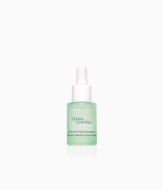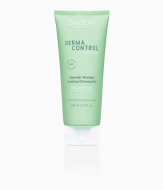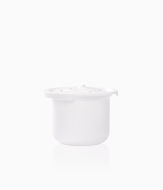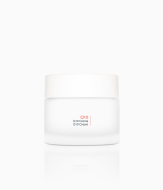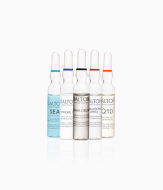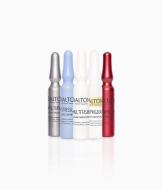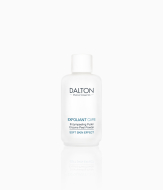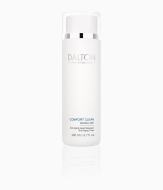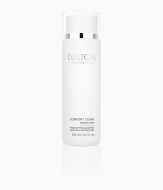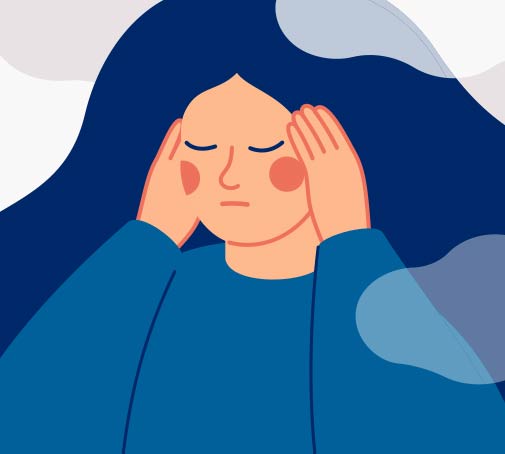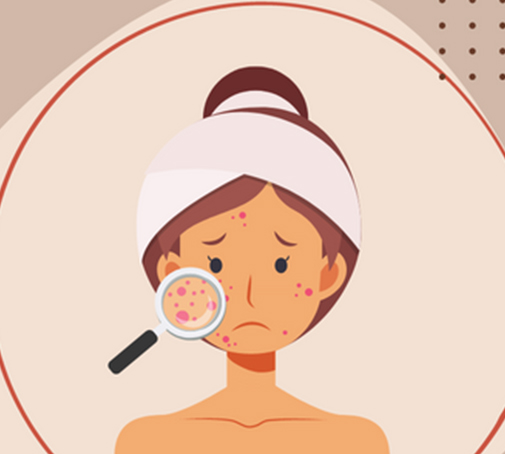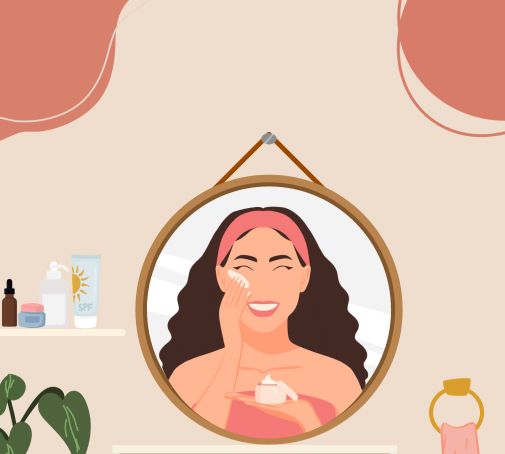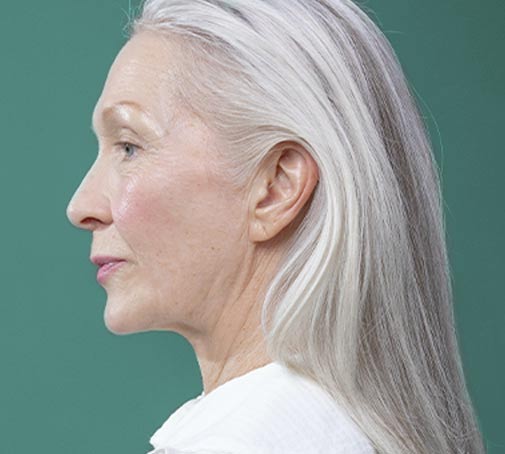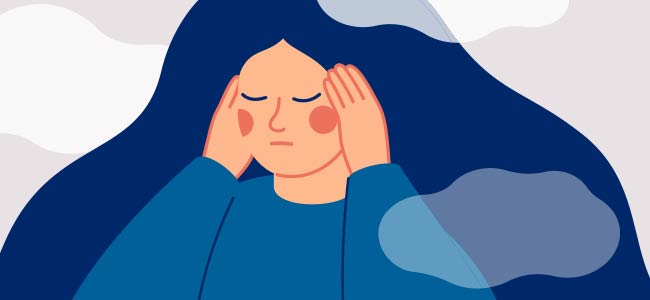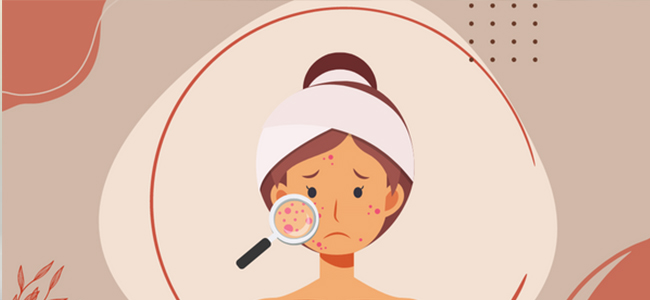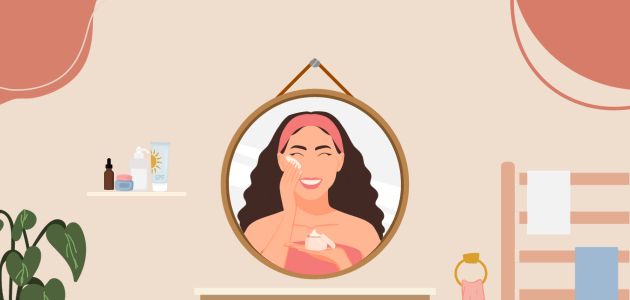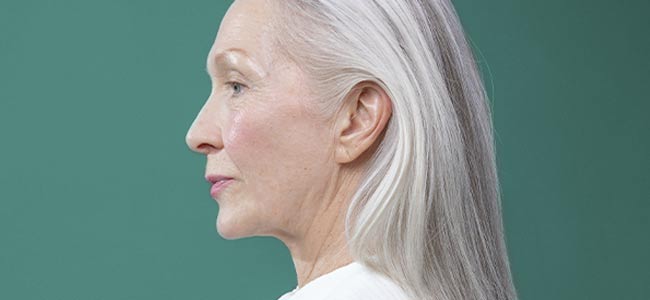
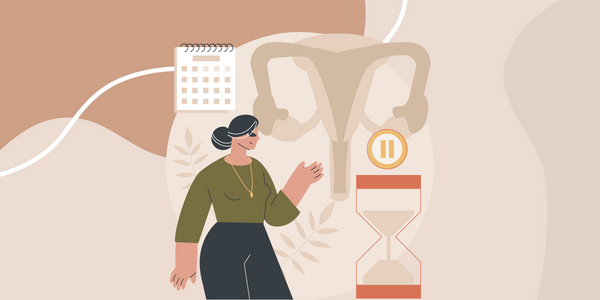
How do Hormones Affect Your Skin?
Hormones are not just responsible for causing emotional chaos from time to time, they can also throw your skin out of balance. Hormonal pimples and acne during puberty, blemish-prone skin before your period, dark spots and dryness during the menopause. Over the course of time, your skin has to put up with a lot of stress and is constantly faced with new challenges due to various hormonal changes. Our product developer Eva explains what effect these hormonal changes can have on your skin, what your menstrual cycle and period have to do with it and how you can adapt your skincare to your hormone levels.
Let’s Ask Our Expert


How do hormones affect the skin?
EVA: Hormones play an important role in the human body. They control and regulate many bodily functions. There are more than 30 different hormones in the body, each with their own function. These include, for example, serotonin, melatonin, cortisol, insulin, estrogen and growth hormones.
The skin is the largest human organ. It has a variety of functions, for example in immune defense and the metabolism. It is in constant communication with the hormones in your body, which sometimes even causes visible changes. It is scientifically proven that hormones have a major influence on the development of acne (hormonal acne), for example.
Why do hormones cause pimples during puberty?
EVA: As we enter puberty, the body’s hormone levels change. Androgens trigger excess sebum production and the production of horny cells, which in turn clog the pores and can lead to pimples and breakouts. How the appearance of the skin changes during puberty depends largely on genetic predisposition. However, you can also promote clear skin by using the right skincare. Anti-inflammatory active ingredients can be used to fight pimples and comedones. Our Derma Control collection has been specially developed for blemish-prone skin and helps to combat all types of breakouts. The SOS Spot Concentrate can be applied directly on the pimple and provides an instant remedy. Although pimples are an annoying side effect of puberty, they usually disappear in adulthood. If this is not the case, persistent inflamed and painful pimples should be seen by a dermatologist, to rule out hormonal acne or other skin conditions.
What role does the hormone estrogen play?
EVA: Skin changes are primarily related to two hormones: Estrogen and progesterone. Estrogen and progesterone are the female sex hormones and are produced in the ovaries. They control the menstrual cycle and the maturation of the egg cells in the first half of the cycle. They support skin hydration, help to form collagen fibers and also reduce sebum production when present in high amounts.
How does the menstrual cycle affect the skin?
EVA: The average menstrual cycle lasts 28 days. During this time, the body goes through four phases with changing hormone levels. Our skin also has changing needs during this time:
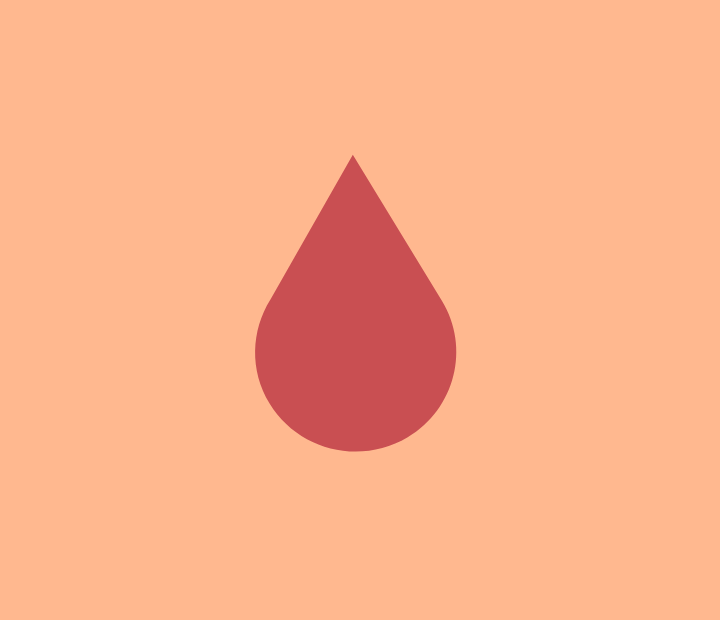

Phase 1: Menstruation
During menstruation, progesterone and estrogen levels are at their lowest. This impairs the skin's barrier function and leads to it being supplied with too little moisture. The skin is dry and dehydrated.
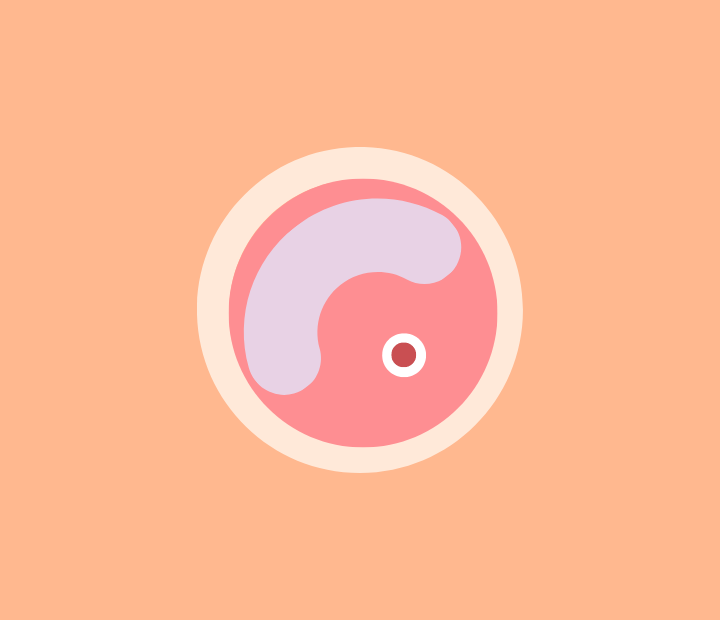

Phase 2: Follicular phase
During the follicular phase, the body prepares to release an egg at ovulation. This is when the female body needs plenty of estrogen, which is also good for the skin. The production of firming elastin and collagen is in full swing. This makes the complexion appear fresh and the skin even and clear.
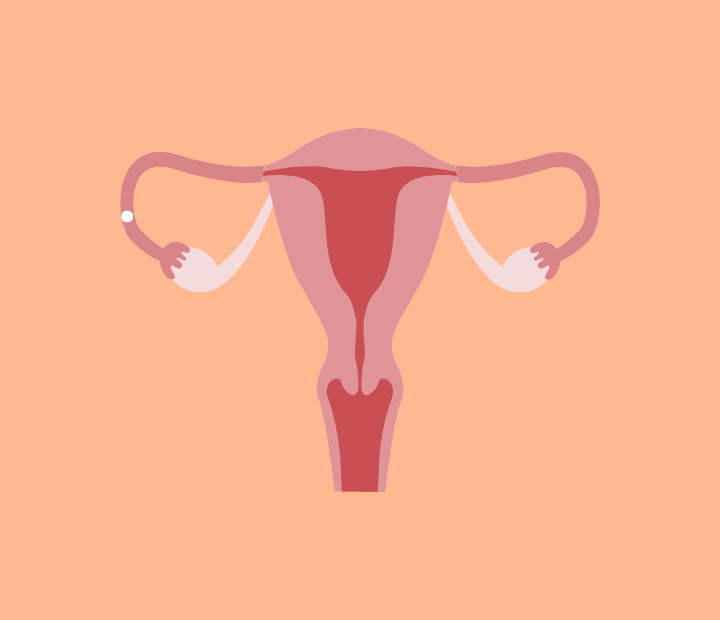

Phase 3: Ovulation
During the time of ovulation, estrogen levels reach their maximum, which also benefits the skin. The skin glows and is less prone to pimples.
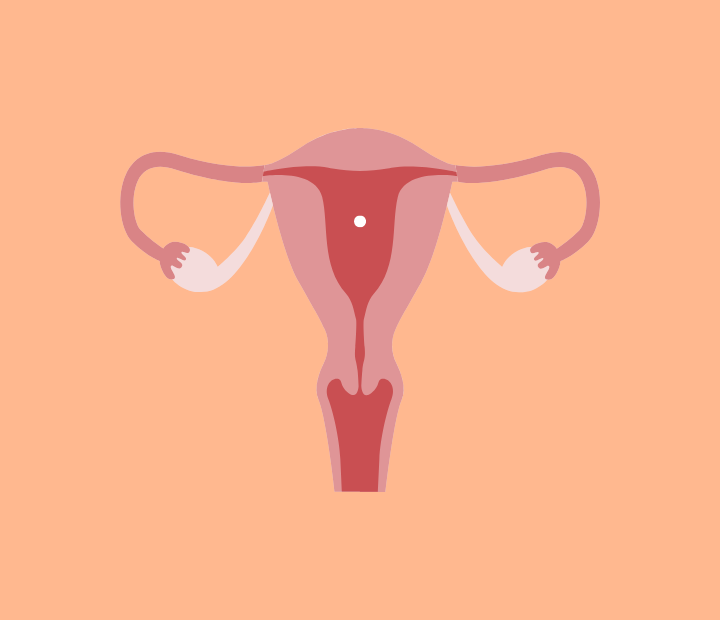

Phase 4: Luteal phase
Ovulation is followed by the hormonal turning point of the menstrual cycle: Estrogen levels fall, while progesterone levels rise again. This leads to increased sebum production, clogged pores and skin prone to breakouts (menstrual acne), and the typical premenstrual symptoms before your period.


Phase 1: Menstruation
During menstruation, progesterone and estrogen levels are at their lowest. This impairs the skin's barrier function and leads to it being supplied with too little moisture. The skin is dry and dehydrated.


Phase 2: Follicular phase
During the follicular phase, the body prepares to release an egg at ovulation. This is when the female body needs plenty of estrogen, which is also good for the skin. The production of firming elastin and collagen is in full swing. This makes the complexion appear fresh and the skin even and clear.


Phase 3: Ovulation
During the time of ovulation, estrogen levels reach their maximum, which also benefits the skin. The skin glows and is less prone to pimples.


Phase 4: Luteal phase
Ovulation is followed by the hormonal turning point of the menstrual cycle: Estrogen levels fall, while progesterone levels rise again. This leads to increased sebum production, clogged pores and skin prone to breakouts (menstrual acne), and the typical premenstrual symptoms before your period.
How does menopause affect the skin?
EVA: During the menopause, hormone levels can fluctuate greatly. When estrogen levels drop, it is clearly visible. The skin loses elasticity during the menopause, becomes drier and thinner and more prone to dark spots. It can even cause a flare-up of acne known as adult acne. Rosacea may also develop for the first time.
How can I adapt my skincare to my hormone levels?
EVA: Your skincare routine can be as individual as your skin concerns during your cycle. Here are a few tips for suitable products:
Cleansers and toners remove dirt, dead skin cells and excess sebum and prepare the skin for the rest of your routine. Gentle cleansers such as our cleansing milk are a great choice to avoid stripping dry skin of moisture.
Facial care during dry phases: For dry skin, e.g. during your period, rich formulas that contain both moisture and lipids (fats) are a good choice to protect the skin from drying out and to strengthen the skin barrier. Moisturizers that contain hyaluronic acid in combination with proven active ingredients like retinol, vitamin E or Q10 are particularly suitable during that phase.
Facial care during oily phases: Mattifying and pore-refining formulas are ideal for oily skin during the second half of the cycle. Exfoliants like chemical peels or our Enzyme Peel can help to remove horny cells so that the sebum can drain away better.
Allrounders: Powerful serums or ampoules can enhance the effect of your routine, provide the skin with additional highly-concentrated active ingredients and can be added as needed depending on how your skin feels that day.
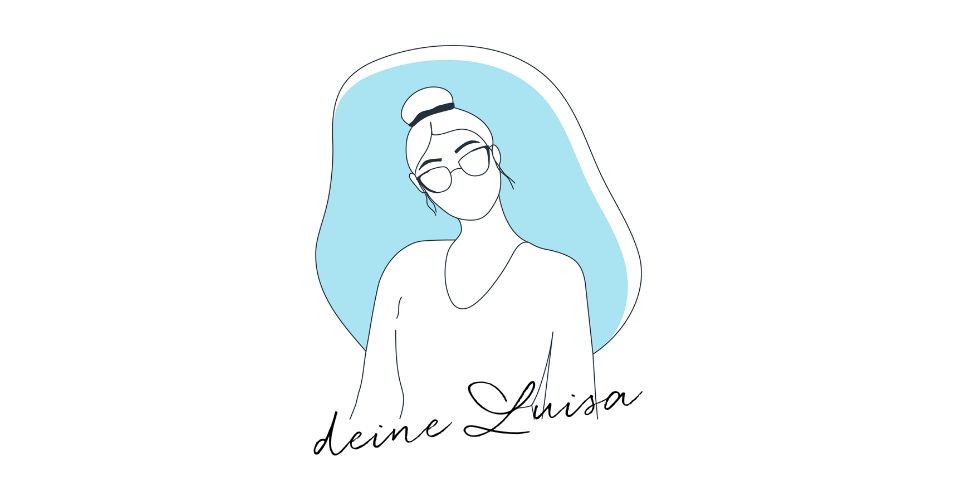

Beauty editor
SIMILAR POSTS
You Might Also Like

